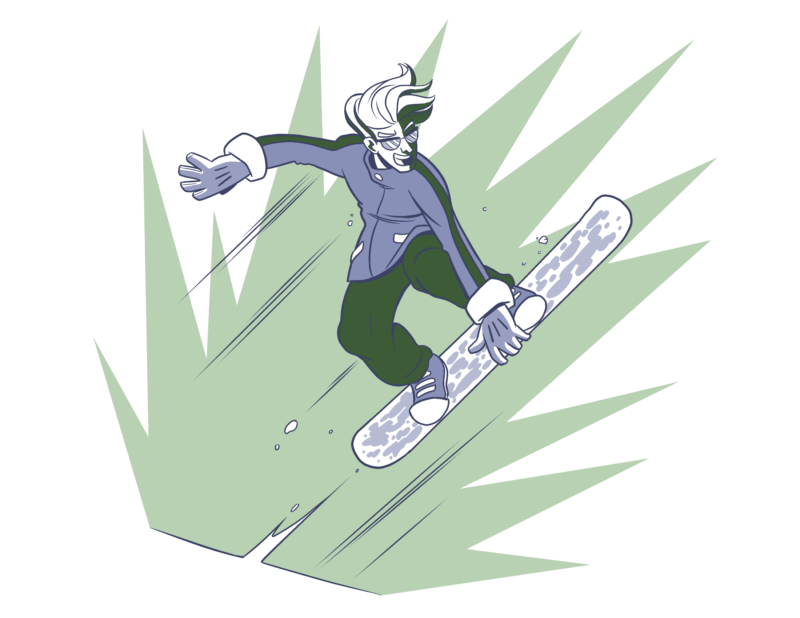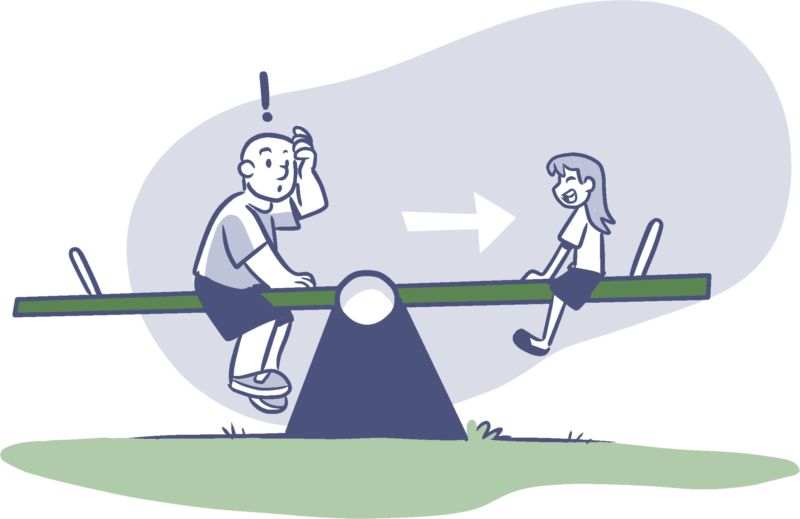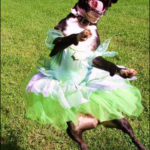Snowboarding is one of the most exciting crowd-pullers at the Winter Olympics. Boarders race through slalom courses, dodge obstacles, and perform hair-raising tricks after flying off jumps. They’re also in an outdoor classroom, performing a physics demonstration. That’s right: Every single twist, spin, and flip calls for combinations of all those science terms you might have thought existed only on blackboards or in textbooks—words like momentum, velocity, center of mass,and acceleration. (It’s a long way from the grungy idea of snowboarding that some adults still have!) The key to some of those jaw-dropping tricks is being able to harness a special force called torque. It’s all about getting the most from those rotations and spins.
Time to Torque

One of the most dramatic snowboarding tricks is the flip. The boarder comes straight down to a jump, gaining linear (straight-line) momentum. The “trick,” of course, is to turn that linear momentum into angular (rotational) momentum. And that’s where torque comes in. Simply put, torque is a force that causes rotation. Turning a wrench to loosen a bolt is a form of torque. So is turning a doorknob, or pushing the door open so that it swings on its hinges. In each case, the object has an axis of rotation. The snowboarder in mid-flip is spinning around his very own axis of rotation, and his job in the moments before the jump is to increase that spin. This experiment is a great way to take torque from the pages of a science textbook and put it somewhere far more familiar to you—the playground. You’ll see that you’ve been solving torque problems all along, even if you didn’t realize it!

* A partner—someone heavier than you (like an older brother, sister, or parent)
* Playground seesaw

* You
Play Ball!
- Ask your partner to sit on the seesaw well in front of the normal seat, about 2 feet from the center.
- Your end of the seesaw will be pushed up, so climb onto it from the center.
- Position yourself exactly as far away as your partner (about 2 feet from the center).
- Your end will still be pushed up, so wiggle and slide back slowly.
- Eventually you’ll reach a point where you’re balanced.
- Go a little bit farther back, and you will descend and your partner’s side will go up.
SLO-MO REPLAY
What you’ve done in slow motion is exactly what the snowboarder does a moment before taking off for the flip maneuver. It’s a basic feature of torque. After all, you didn’t gradually become heavier as you moved back, so there must be another reason why you eventually balanced the seesaw.
This goes back to some basic science: Lengthening a lever gives it more force—and more torque. That’s why a long wrench works better than your fingers when loosening a nut. As you wiggled back, you created a longer lever at your end of the seesaw, eventually giving you enough torque to lift your partner’s side. The physics term for that type of lever is the “moment arm,” or the distance from the axis of rotation. A snowboarder approaches a jump in a crouching position. He increases his moment arm by straightening his legs just as he takes off. It’s as if you slid back on the seesaw really suddenly. That move gives him a burst of torque to power him through those daring flips.





No Comments